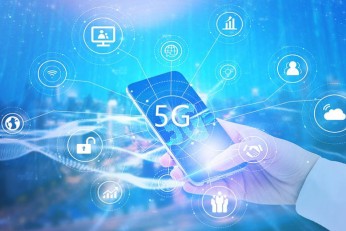
5G Vehicle-to-Everything (V2X) communication is a critical technology that enhances the connectivity between vehicles and their environment, including other vehicles (V2V), infrastructure (V2I), pedestrians (V2P), and networks (V2N).
This comprehensive communication ecosystem is fundamental to the development and safe operation of autonomous vehicles, smart transportation systems, and enhanced road safety initiatives.

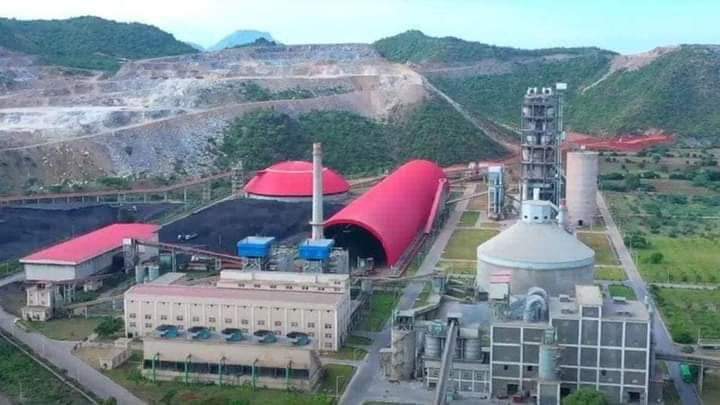
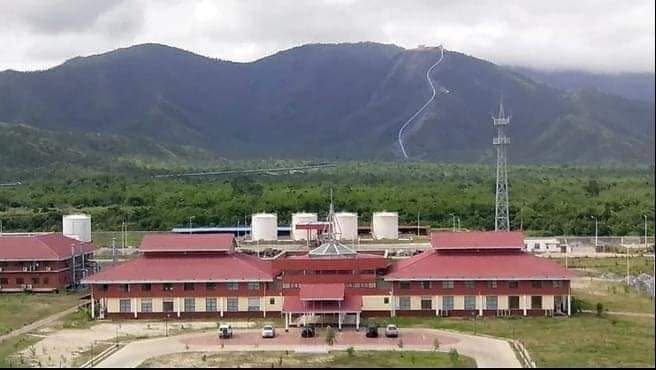

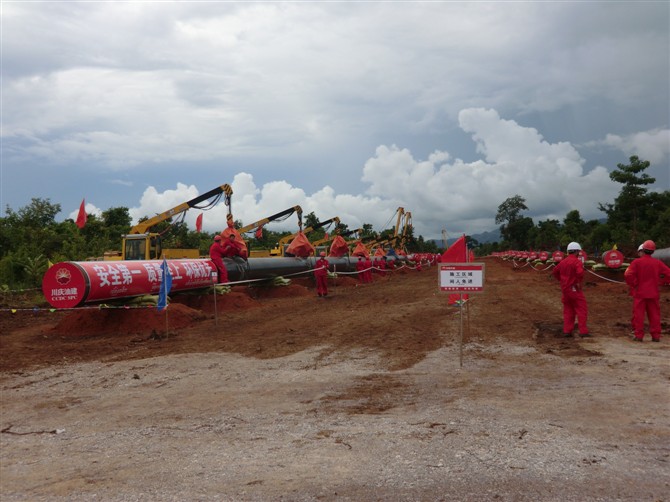
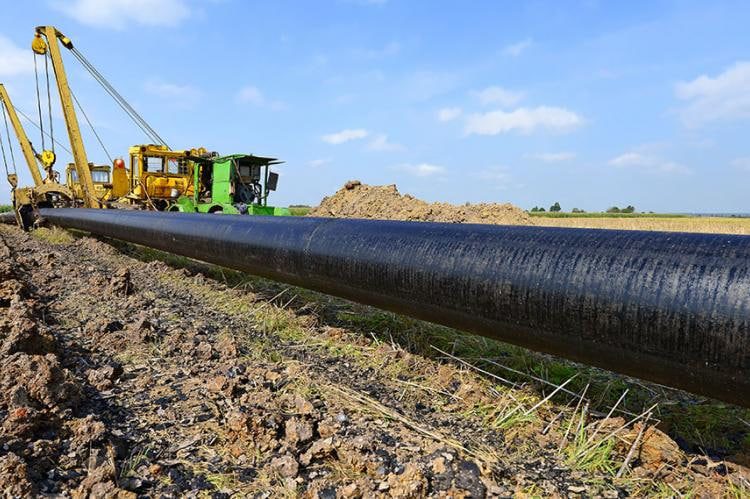
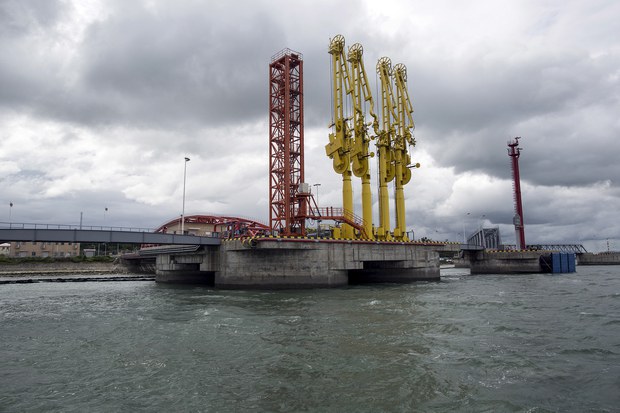
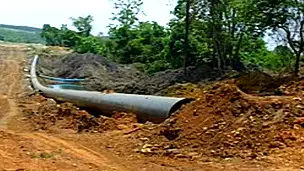

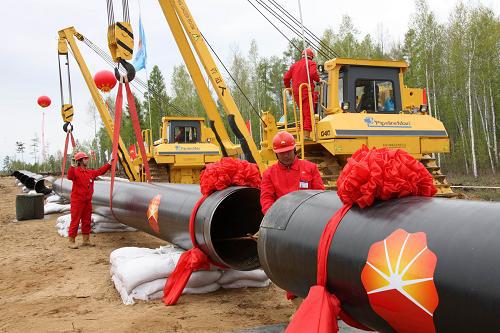
Key Components of V2X Communication:
Vehicle-to-Vehicle (V2V):
Purpose: Enables direct communication between vehicles to share information such as speed, location, and direction. This communication helps prevent collisions by allowing vehicles to warn each other of potential hazards, such as sudden braking or obstacles on the road.
Benefits: V2V enhances road safety, reduces traffic congestion, and supports cooperative driving, where vehicles can coordinate maneuvers like lane changes and merging.
Vehicle-to-Infrastructure (V2I):
Purpose: Connects vehicles to traffic infrastructure, such as traffic lights, road signs, and toll booths. This allows vehicles to receive real-time information about traffic signals, road conditions, and upcoming construction zones.
Benefits: V2I communication improves traffic flow, reduces emissions by optimizing driving patterns, and enhances navigation by providing real-time updates on road conditions.
Vehicle-to-Pedestrian (V2P):
Purpose: Enables communication between vehicles and pedestrians or cyclists, typically through smartphones or wearable devices. Vehicles can detect the presence of pedestrians and alert drivers or automatically take preventive action if a collision risk is detected.
Benefits: V2P enhances the safety of vulnerable road users by reducing the likelihood of accidents, particularly in urban areas with high pedestrian traffic.
Vehicle-to-Network (V2N):
Purpose: Links vehicles to cloud-based networks and services, allowing for data exchange with traffic management systems, weather services, and other cloud applications. V2N supports services like route optimization, over-the-air software updates, and infotainment systems.
Benefits: V2N enhances the overall driving experience by providing up-to-date information, enabling dynamic navigation, and supporting the implementation of smart city initiatives.
Advantages of 5G in V2X Communication:
Ultra-Low Latency:
5G’s ultra-low latency, potentially as low as 1 millisecond, is critical for V2X communication, where real-time data exchange can mean the difference between safe driving and accidents. Instantaneous communication allows vehicles to react to hazards in real-time.
High Data Throughput:
The high data rates provided by 5G enable the transmission of rich, detailed data between vehicles and infrastructure. This includes high-definition maps, video feeds, and real-time analytics that are essential for autonomous driving.
Massive Connectivity:
5G supports the simultaneous connection of a vast number of devices, which is essential in urban environments where many vehicles, sensors, and infrastructure elements need to communicate simultaneously.
Reliability:
5G networks are designed to be highly reliable, ensuring that critical V2X communications are delivered with minimal risk of data loss or interruption, which is vital for safety-critical applications like autonomous driving.
Applications of V2X Communication:
Autonomous Vehicles:
Autonomous vehicles rely on V2X communication to navigate complex traffic environments, make informed decisions, and interact with other road users. V2X enables these vehicles to “see” beyond their sensors by receiving data from other vehicles and infrastructure.
Traffic Management:
V2X supports advanced traffic management systems that can dynamically adjust traffic signals based on real-time conditions, reducing congestion and optimizing the flow of vehicles through urban areas.
Safety Features:
V2X enhances existing safety features like collision avoidance systems by providing additional data from other vehicles and infrastructure. This allows for more accurate predictions and responses to potential hazards.
Platooning:
In commercial transportation, V2X enables platooning, where trucks or other vehicles travel in closely spaced formations to reduce air resistance and save fuel. Vehicles in a platoon communicate continuously to maintain safe distances and coordinate movements.

Leave a Reply